This post is part of our 3D Printing Technologies series.
FDM 3D printing is the most common type of additive manufacturing technology. It is a popular choice for desktop 3D printers and has grown to be the most well-known form of 3D printing. While satisfactory results are possible on desktop models, FDM performs best in an industrial setting when handled by trained professionals. As such, this article will solely focus on FDM 3D printing as it operates on an industrial level. Specifically, this article will discuss what FDM is, how the technology works, when to use it, common materials, and alternative manufacturing options.
What is FDM?
Fused Deposition Modeling, or FDM, is a 3D printing technology that creates parts via the extrusion of molten thermoplastics inside a patented closed and heated build chamber. The patent is owned by Stratasys, a company that makes all FDM 3D printers. Non-Stratasys filament extrusion printers are referred to as Fused Filament Fabrication, or FFF, because they do not have the same build chamber set up. While FDM and FFF share identical printing processes, the lack of the patented build chamber can make a huge difference in the printing quality of some materials. As such, FDM is the preferred technology for most filament extrusion print jobs.
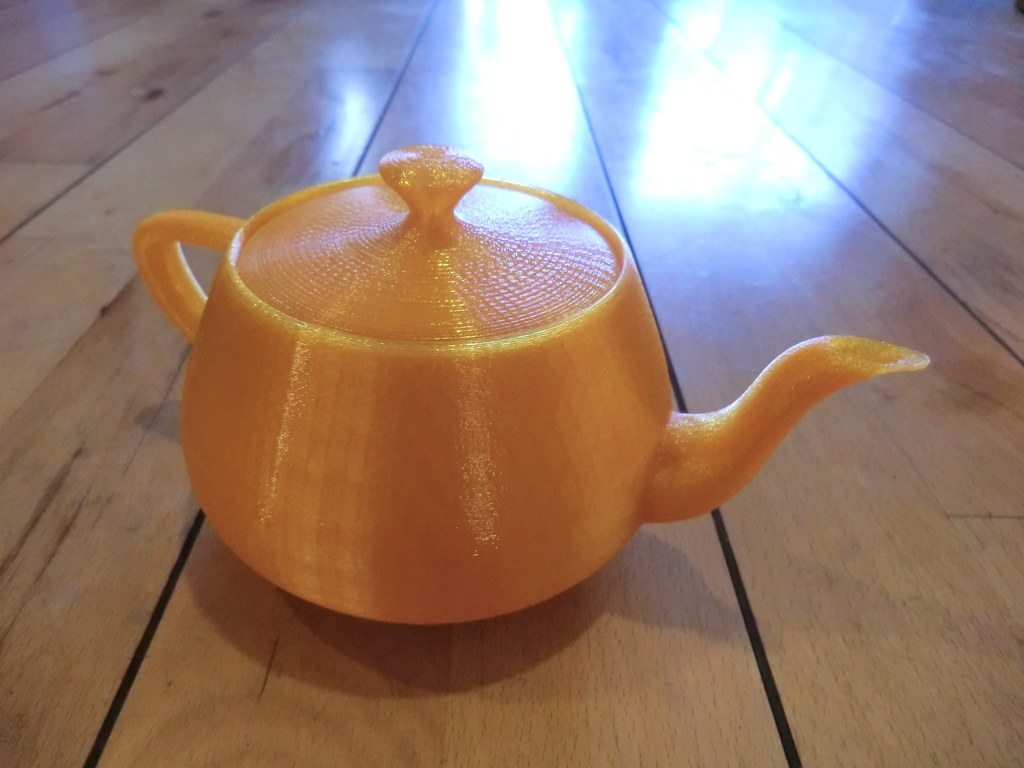 Advantages of FDM
Advantages of FDM
- Most accessible additive manufacturing technology
- Reliable, durable, and heat-resistant parts
- Wide range of thermoplastic materials available
- Fewer geometrical restrictions than traditional manufacturing
- Quicker lead time than traditional manufacturing (great for rapid prototyping)
Disadvantages of FDM
- Anisotropic parts (layer bond strength is lower on the Z-axis and may require careful planning of part orientation on the build platform)
- Low surface quality compared to other additive manufacturing technologies (visible layer lines require post-processing for smooth finish; not suited for intricate details)
- Prone to shrink and warp during printing
- Large volume productions are not practical (costly and time-consuming)
Applications of FDM
Due to its accessibility, FDM is a prime choice for producing inexpensive, low-volume thermoplastic parts. It has been used in a large assortment of industries, including automotive, aerospace, education, and consumer goods. In general, it is best suited for the following purposes:
 Functional Parts – Many FDM materials are strong and durable, meaning that functional, end-use parts can be produced reliably. Producing your part via FDM will also allow you to inexpensively test the functionality of your design before you injection mold it.
Functional Parts – Many FDM materials are strong and durable, meaning that functional, end-use parts can be produced reliably. Producing your part via FDM will also allow you to inexpensively test the functionality of your design before you injection mold it. - High Temp – Most high-performance FDM materials can withstand elevated temperatures with no deformation. Due to this, FDM is often used to create parts to be used in high heat environments and can even be used to create molds for low-volume thermoforming.
The Printing Process
As with all other additive manufacturing technologies, FDM prints your part in layers. These layers are created when the printer’s software slices your digital design file into thin cross-sectional pieces. Each layer acts as a map for the printer so that it knows where to lay down material. Over the course of the print job, the layers stack on top of one another. Specifically, the entire process is as follows:
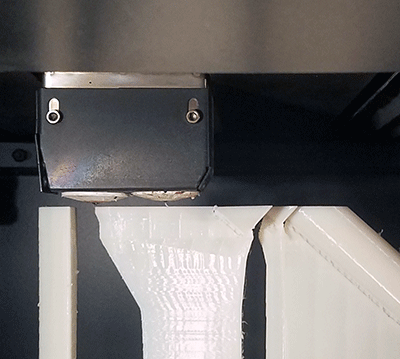 An FDM thermoplastic begins as a spool of filament that is fed through the printer to the print head. It is melted a bit beyond its glass transition temperature so it is soft enough to be pushed through an all-metal print head nozzle. The print head mechanism will move along the X and Y axes, extruding the material in the shape of the layer. The material will begin to cool as soon as it leaves the nozzle, but as more layers are added to the part, the heat from new layers will allow layers to bond to each other. As each layer is completed, the print head will rise one layer height and begin the process again, adding layers until the 3D part is completed.
An FDM thermoplastic begins as a spool of filament that is fed through the printer to the print head. It is melted a bit beyond its glass transition temperature so it is soft enough to be pushed through an all-metal print head nozzle. The print head mechanism will move along the X and Y axes, extruding the material in the shape of the layer. The material will begin to cool as soon as it leaves the nozzle, but as more layers are added to the part, the heat from new layers will allow layers to bond to each other. As each layer is completed, the print head will rise one layer height and begin the process again, adding layers until the 3D part is completed.
Support Structures
Some layers cannot fully support themselves during the printing process. This is commonly the case with overhangs and small features, which will collapse during the printing process if not supported while they are not yet connected to the main body of the part. To remedy this, FDM will build support structures with another material alongside your model material. These support structures are removed in post-processing in a chemical bath that will not harm the model material. 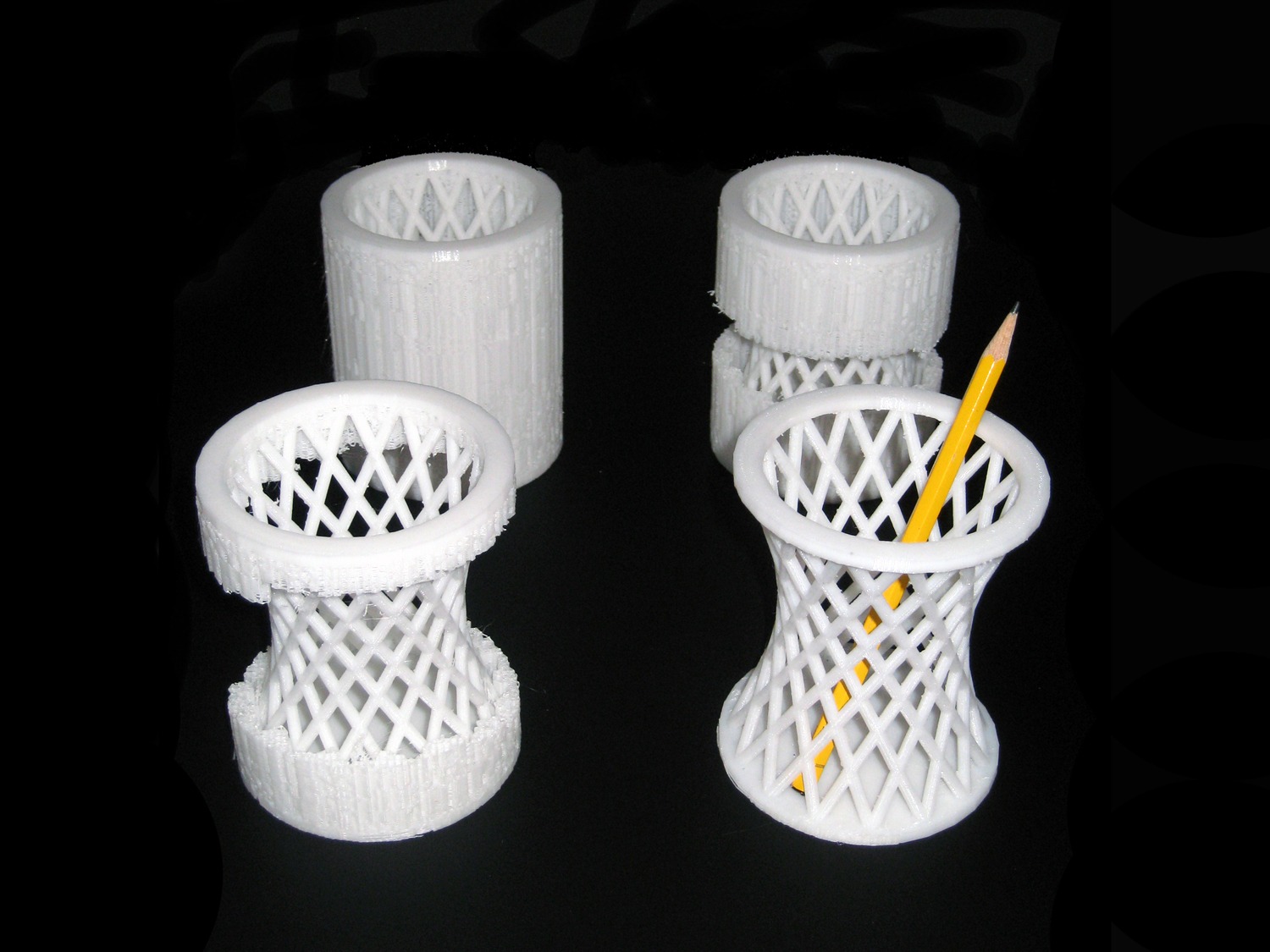 However, for high temp materials, such as Ultem and PPSF, the support material not soluble, which requires it to be removed manually.
However, for high temp materials, such as Ultem and PPSF, the support material not soluble, which requires it to be removed manually.
Post-Processing
Aside from support structure removal, FDM parts are typically sanded and polished in post-processing. This is because when each new layer is added during the printing process it is pressed down onto the one below, which squishes it in an ovaline shape. This causes the surface finish to be wavy. In addition to sanding and polishing, FDM parts may also be primed, painted, glued, vapor smoothed, epoxy coated, and more.
Differences from Other Additive Manufacturing Technologies
FDM’s 3D printing process is unlike that of any other additive manufacturing technology. Other additive manufacturing methods use powder and sintering lasers or resin and UV light. 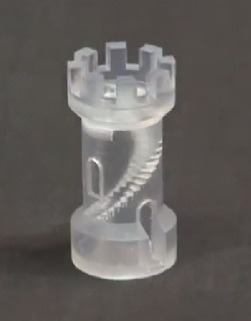 These other technologies often make parts with greater accuracy and a smoother surface finish than FDM because lasers and light are easier to control than material extrusion. Filament extrusion yields lower resolution parts than these other methods because the heat FDM uses can make it difficult to control the molten filament. As such, thin strings, or “hairs”, may appear on your part. Heat from new layers may also distort previous layers and cause warp if not handled professionally. It is also worth noting that resin-based 3D printers, like SLA, create isotropic parts while FDM’s nature of creating layers yields anisotropic parts.
These other technologies often make parts with greater accuracy and a smoother surface finish than FDM because lasers and light are easier to control than material extrusion. Filament extrusion yields lower resolution parts than these other methods because the heat FDM uses can make it difficult to control the molten filament. As such, thin strings, or “hairs”, may appear on your part. Heat from new layers may also distort previous layers and cause warp if not handled professionally. It is also worth noting that resin-based 3D printers, like SLA, create isotropic parts while FDM’s nature of creating layers yields anisotropic parts.
Despite these few apparent drawbacks, FDM can produce strong, functional parts that are still aesthetically pleasing if care is taken to achieve the best results.
Materials
Due to their widespread use in various industries, FDM thermoplastics have become the most common 3D printing materials available. They are commonly rigid, but a few materials can mimic the mechanical properties of rubber. As opposed to thermosets used in resin 3D printing technologies, thermoplastics will melt when exposed to extreme heat, and are, therefore, recyclable.
ABS-M30
- General-purpose ABS
- 25-70% stronger than standard ABS
- Stronger layer bonds for sturdier parts
- Commonly used for functional testing and end-use parts
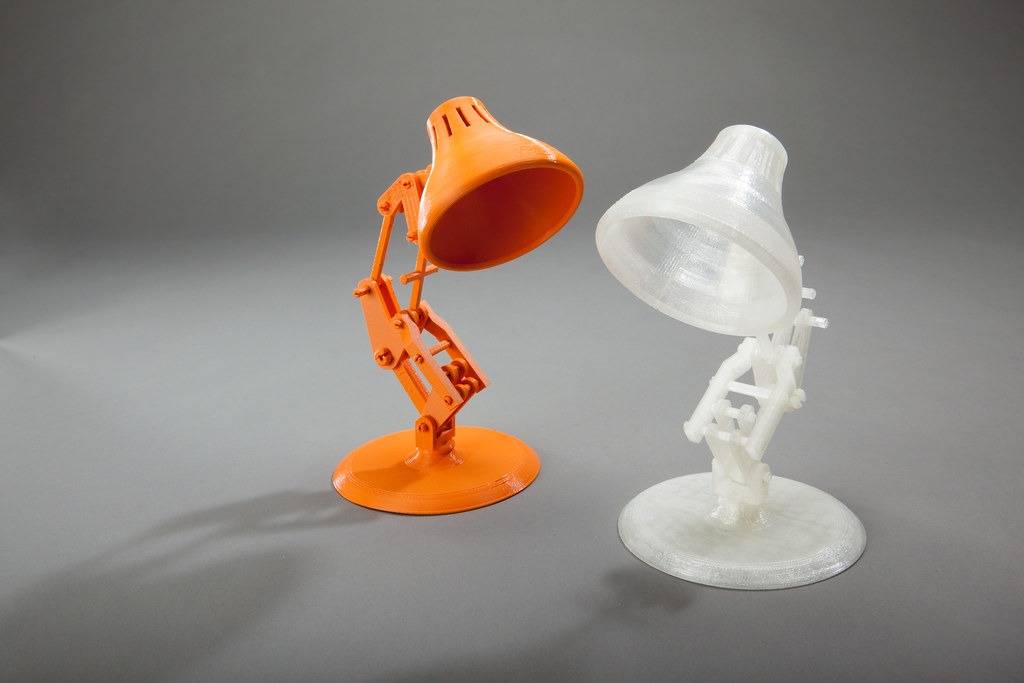 ABS-ESD7
ABS-ESD7
- Electrostatic-dissipative (prevents static electricity from building up)
- Commonly used for electrical applications, such as components for circuit boards or jigs and fixtures for electrical part assembly
PC-ABS
- High strength
- Heat resistant
- Commonly used for components in the manufacturing, automotive, electronics, and telecommunications industries
Polycarbonate
- High tensile and flexural strength
- More durable than most ABS plastics
- Commonly used for prototyping and tooling in the automotive, aerospace, and medical industries
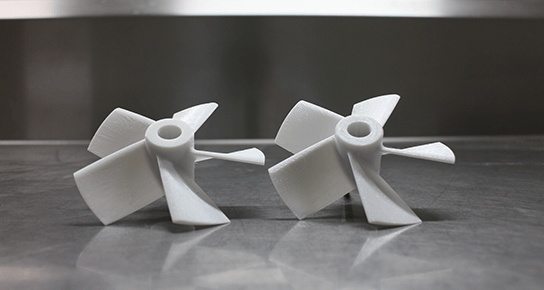 PPSF
PPSF
- Durable
- Heat resistant
- Chemical resistant
- Self-extinguishing
- Commonly used for automotive and aerospace applications
ULTEM 9085
- Part of the Polyetherimide (PEI) family of plastics
- Amorphous
- Rigid
- Lightweight
- Heat and flame resistant
- UV resistant
- Solvent resistant
- Commonly used outdoors or in high-stress environments like can be found in the aerospace, automotive, electrical, medical, and culinary industries
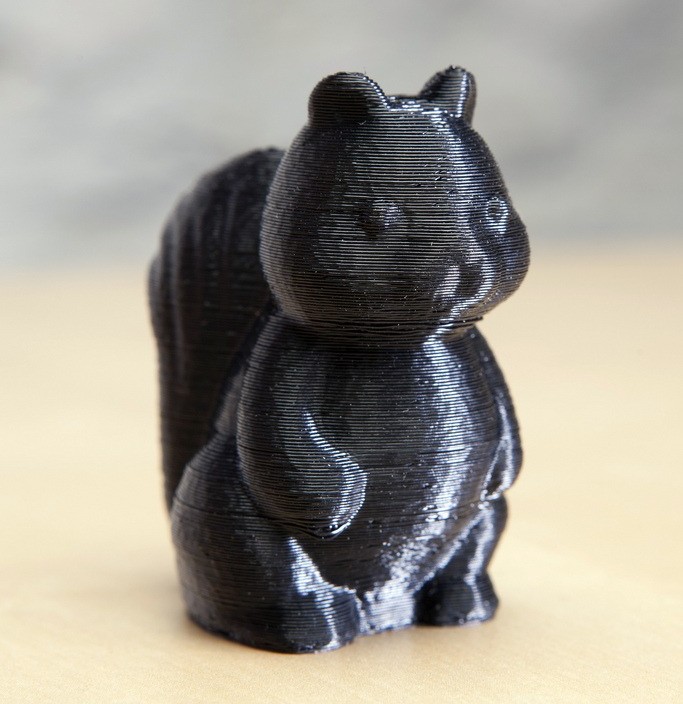 Nylon 12
Nylon 12
- Fatigue resistant
- Chemical resistant
- Commonly used for high vibration components, repetitive snap-fit closures, and other press-fit applications
TPU
- Great combination of both plastic and rubber properties
- Durable
- High elasticity and flexibility
- Abrasion resistance
- Low temp resistant
- Oil, grease, and solvent resistant
- Commonly used for applications requiring flex and/or stretch without deformation
Alternatives to FDM
While FDM can create strong, durable parts for end-use applications and rapid prototyping, it isn’t necessarily the best means of producing intricate cosmetic pieces. Rather, if you need a 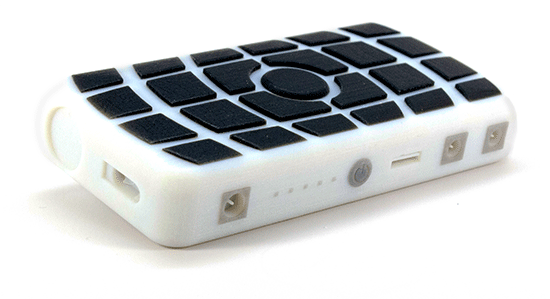 cosmetic prototype or very fine details built, resin 3D printing, such as PolyJet, MultiJet, or SLA, may be a better fit for your needs. These manufacturing processes have a much higher accuracy than FDM, which allows them to produce smooth surface finishes and small features that would be impossible with FDM. Resin 3D printing methods are also great for fit testing. However, parts made with these technologies will not bear the same strength as FDM parts and may snap under stress.
cosmetic prototype or very fine details built, resin 3D printing, such as PolyJet, MultiJet, or SLA, may be a better fit for your needs. These manufacturing processes have a much higher accuracy than FDM, which allows them to produce smooth surface finishes and small features that would be impossible with FDM. Resin 3D printing methods are also great for fit testing. However, parts made with these technologies will not bear the same strength as FDM parts and may snap under stress.
Keep in mind that large volume productions are still best accomplished via traditional injection molding because FDM and other 3D printing methods are more expensive over a certain threshold. Ultimately, however, your part’s intended application is likely the best indicator of which manufacturing technology you should use.
3D Printing at 3 Space
Here at 3 Space, we offer top-of-the-line 3D printing services, including FDM, PolyJet, and MultiJet. With our team of expert engineers, you can be sure you are getting the best service possible. For more information or to request a quote, contact us today.
